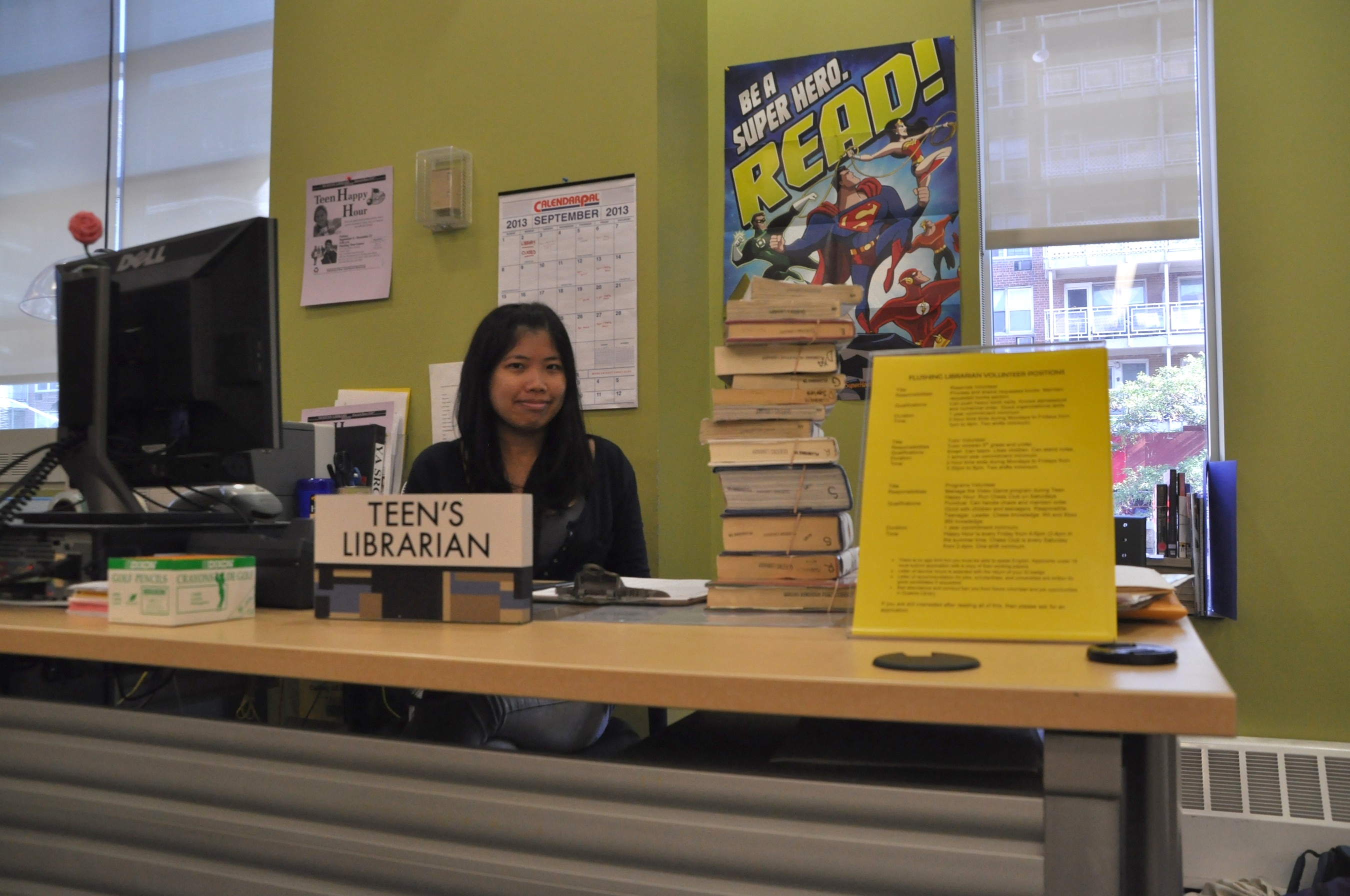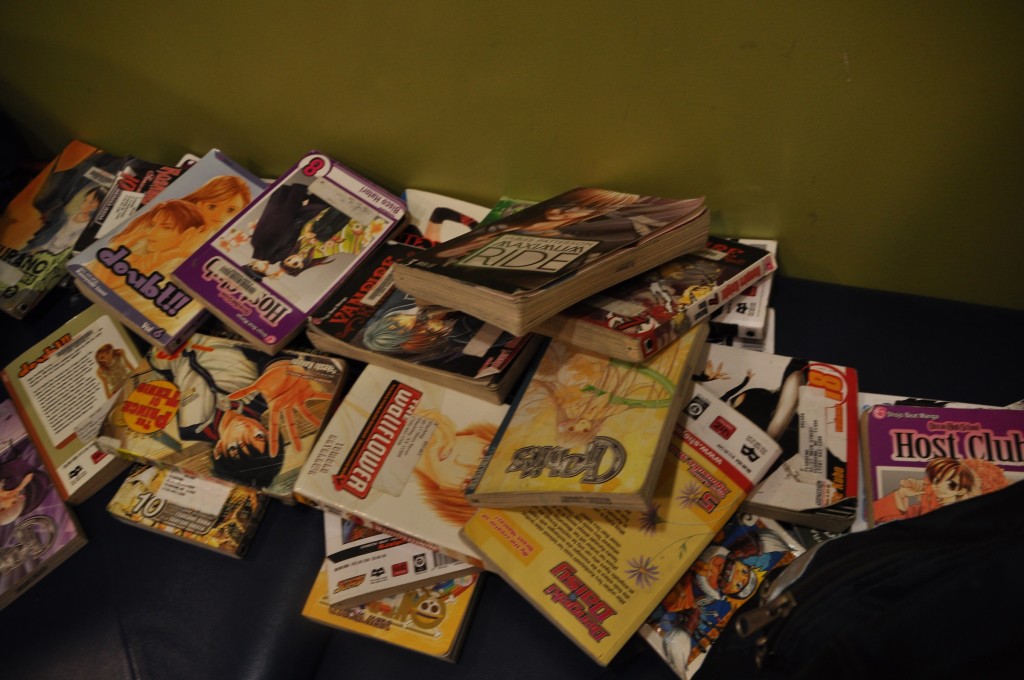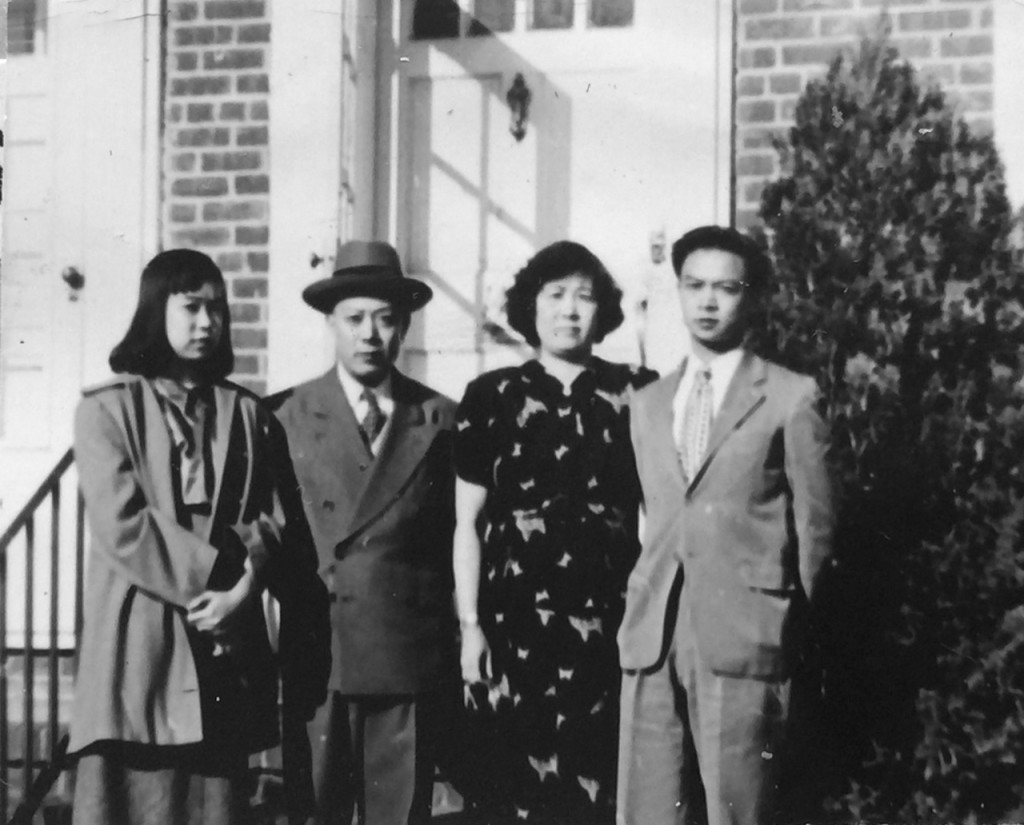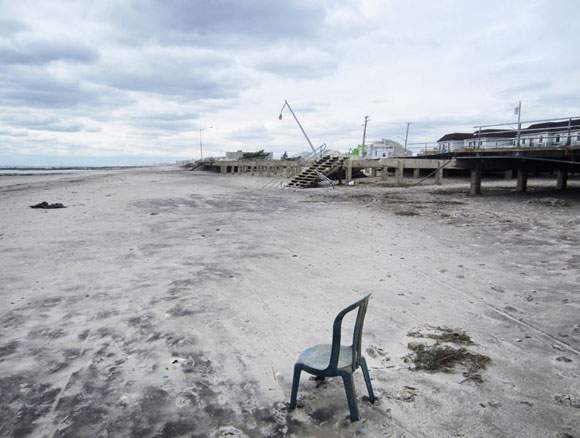When working with the 12 to 19 year old set, she goes by two simple rules: 1.) Don’t disrespect them and 2.) Stand your ground.
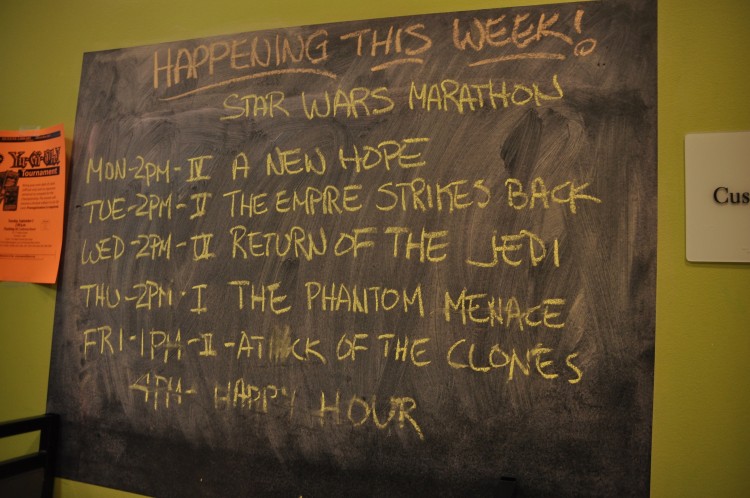
September 26, 2013
It’s Friday afternoon and on the second floor of the library in Flushing, Queens, about a dozen teens are sitting in front of a giant flat-screen television. Their eyes are glued to Super Smash Bros. Brawl–a multi-player duke out among beloved characters like Pikachu and Super Mario. Nearby, others play board games, idly watch their friends engaged in virtual combat, or sit on the sidelines content with their laptops.
Like most Friday afternoons during the school year here, it is loud. Not typical for most libraries. But, this is teen “happy hour.”
The weekly two-hour program is designed as a mixer of sorts. And if anyone was wondering: “it does not include alcohol,” joked Lesie Huynh, the Flushing branch teen’s librarian. Each session starts the same way: an announcement is made that “happy hour” has commenced and “kids start screaming,” said Huynh. At the end of the melee, the television is switched off and games are returned to volunteers (who dutifully count each board piece).
A petite Queens native, she’s not your cardigan-wearing, bespectacled librarian of the past. She prefers manga and graphic novels and indulges in video games herself.
Huynh, 31, is the defacto older sister of the room, which serves predominantly Asian teens, many of Chinese, Tibetan, and South Asian descent. A petite Queens native, she’s not your cardigan-wearing, bespectacled librarian of the past. She prefers manga and graphic novels and indulges in video games herself.
“I think they’ve elected me as [their] mentor,” she said. “The kids seem to be happy to see me half of the time, well really most of the time.” However, she does have to be firm and regularly finds herself saying: “Please do not step on that book” or “Don’t bend that book.”
Huynh recalled that early in her career she had a difficult time interacting with middle school and high school kids. Eventually, she learned from other librarians, developing an approachable style without sacrificing her authority. When working with the 12 to 19 year old set she goes by two simple rules: 1.) Don’t disrespect them and 2.) Stand your ground.
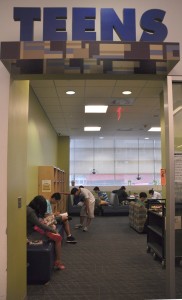 There can be drama, said Huynh, who quickly ran through the groups and cliques that populate the room. There’s the studious bunch that work quietly on computers. There’s the Brooklyn Technical High School students who are experienced library users and ask a lot of questions about the latest manga releases. There are the older teens who might not participate in any programs but “still sit in the booth and look around and whatnot.” They also bring their Nintendo DS and share games by linking the devices.
There can be drama, said Huynh, who quickly ran through the groups and cliques that populate the room. There’s the studious bunch that work quietly on computers. There’s the Brooklyn Technical High School students who are experienced library users and ask a lot of questions about the latest manga releases. There are the older teens who might not participate in any programs but “still sit in the booth and look around and whatnot.” They also bring their Nintendo DS and share games by linking the devices.
Finally there are the “goths of the school.” “They’re troublemakers, but… they care about the library,” Huynh observed, “I think they come because they’re bored. If they had something to do, they wouldn’t be here.”
When Lesie Huynh was growing up in Astoria, Queens, she thought of the library as a place to take a nap. It had that silent hum and fluorescent lighting that seemed to let your eyelids drop. Once she did go to the library and a woman who worked there yelled at her for something she can’t quite remember.
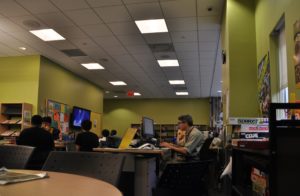 “The library wasn’t a friendly place to hang out back then. It was a quiet zone.” Huynh noted that libraries have changed. Some years ago, the Queens library recognized that there should be a space eked out for young people. The teen room opened in 2010 to do just that. Especially in a high-density community like Flushing, there are not that many options for teenagers—or for the public-at-large–to simply hang out.
“The library wasn’t a friendly place to hang out back then. It was a quiet zone.” Huynh noted that libraries have changed. Some years ago, the Queens library recognized that there should be a space eked out for young people. The teen room opened in 2010 to do just that. Especially in a high-density community like Flushing, there are not that many options for teenagers—or for the public-at-large–to simply hang out.
“There are a lot of areas that the teens are not allowed to go into within Flushing such as bars, karaoke lounges and the other places, [in]the malls, they feel obligated to buy things in order to be there,” Huynh explained, noting that the library is an “open, free place” after school. (She stresses “after school” since some teens cut school and head to the library instead. In those instances, she’s obligated to kick them out and encourage them to return to class.)
The design of the room was also a consideration in trying to create a more welcoming atmosphere. The teen area has booths, a couch and tables. And, it is the only place in the library where they have soft cushion seating. “The booths were designed in sort a retro diner style. Every time somebody comes in they always make a joke. ‘Oh can we eat here? Can we order something?’” said Huynh. “No you can’t.” She added that the teen room has taken some considerable abuse and gave some prudent words of advice: “Never touch the bottom of the table.” (There’s gum stuck there.)
“If we don’t say anything about it, adults would take over the whole teen room,” she explained, recalling the time she had to call security on two grandmothers who tried to finagle their way into staying in the booths.
The soft cushioning–which is not available anywhere else in the library–sometimes attracts adults. “If we don’t say anything about it, adults would take over the whole teen room,” she explained, recalling the time she had to call security on two grandmothers who tried to finagle their way into staying in the booths.
“If you ever remember when you were a teenager, you [would] go around some place, you see a seat it’s taken, you’d say [to yourself], ‘I don’t want to sit there…I’ll just walk away’,” she said, “They won’t speak up for themselves.”
And, yes, the room holds books too. The 7,400 title collection includes fiction, nonfiction, mystery, and science fiction, but the most popular in this crowd are the graphic novels and manga. These titles have been translated into English but also Chinese, both traditional and simplified.
Growing up Huynh did not have a real-life librarian role model, but as an avid comic book and graphic novel fan, she did have a fictional one: Batgirl.
“She was a librarian by day and fighting crime by night, she portrayed that librarians could be smart and take on bad guys.”

